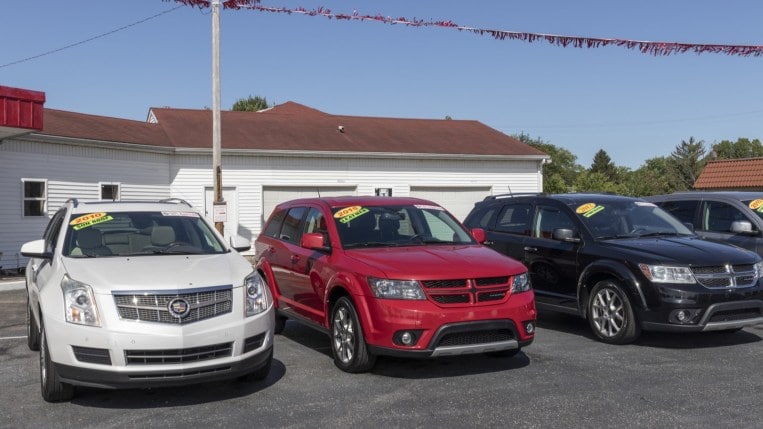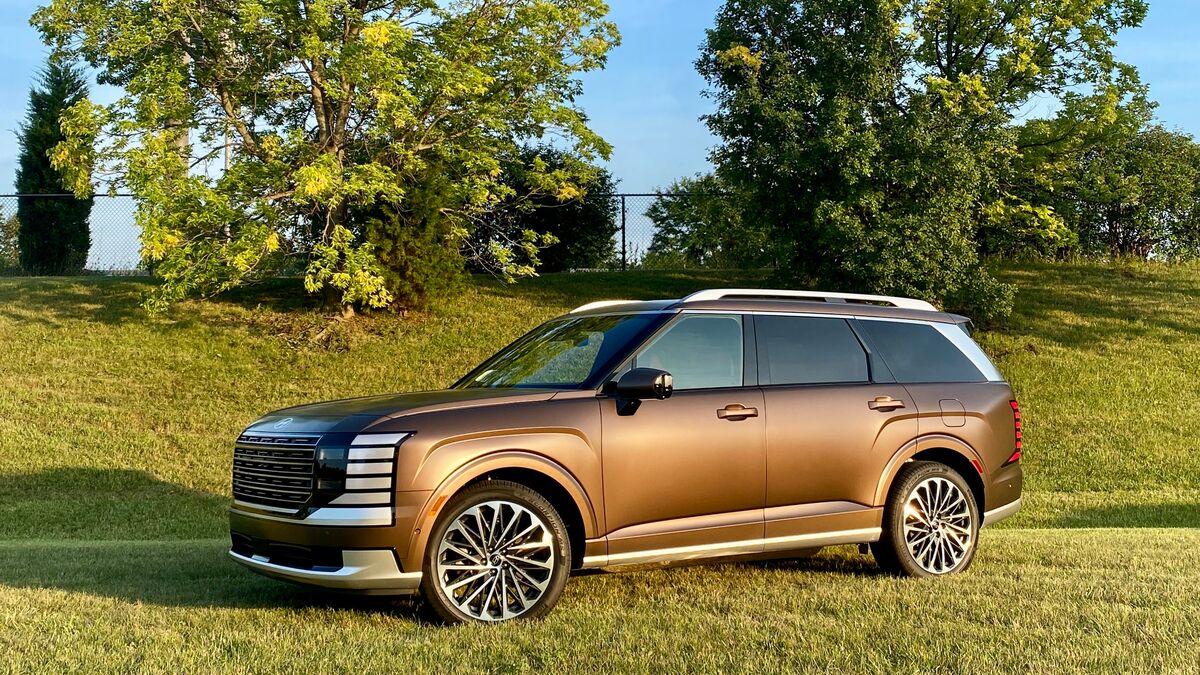
The change comes despite new car prices rising during the month. The price of the average new car is now approaching the record it set last December.
“The end of May showed interesting and divergent patterns for new and used listing prices,” said Charlie Chesbrough, Cox Automotive senior economist. “We have been expecting vehicle inflation to ease as the anniversary of the start of the chip shortage passes, and that, indeed, is occurring in the used market.”
Chesbrough predicts further declines in used car prices over the summer.
Cox Automotive is the parent company of Kelley Blue Book.
America’s car dealers had fewer used cars to sell than normal last year. Inventory levels have begun to recover. Dealers opened June with about 7% more vehicles for sale than they had one year ago.
Supply traditionally dips in spring as the IRS begins issuing tax refunds, allowing many Americans to purchase cars.
However, the IRS is behind its usual pace in issuing refunds.
Through May 20, the IRS had issued 74% of projected refunds for the year, when in 2019, 100% had been by two weeks earlier. However, the average refund is up 11% compared with 2019 and up 7% from a year ago, the highest refund ever recorded at this stage of tax refund season. Much of that spending may occur, instead, in the second quarter.
Dealers also struggle to find affordable used cars for their lots.
What affects the new car market today affects the used car market years later. After the 2008 recession, automakers built fewer cars for several years. That leaves few older, higher-mileage cars for sale today.
Car dealers measure their supply of cars in a metric they call “days of inventory” – how long it would take them to sell out at today’s sales rate if they couldn’t acquire more. Dealers began June with just 25 days’ worth of cars priced under $10,000. They had nearly a 49-day supply of those priced over $25,000.







